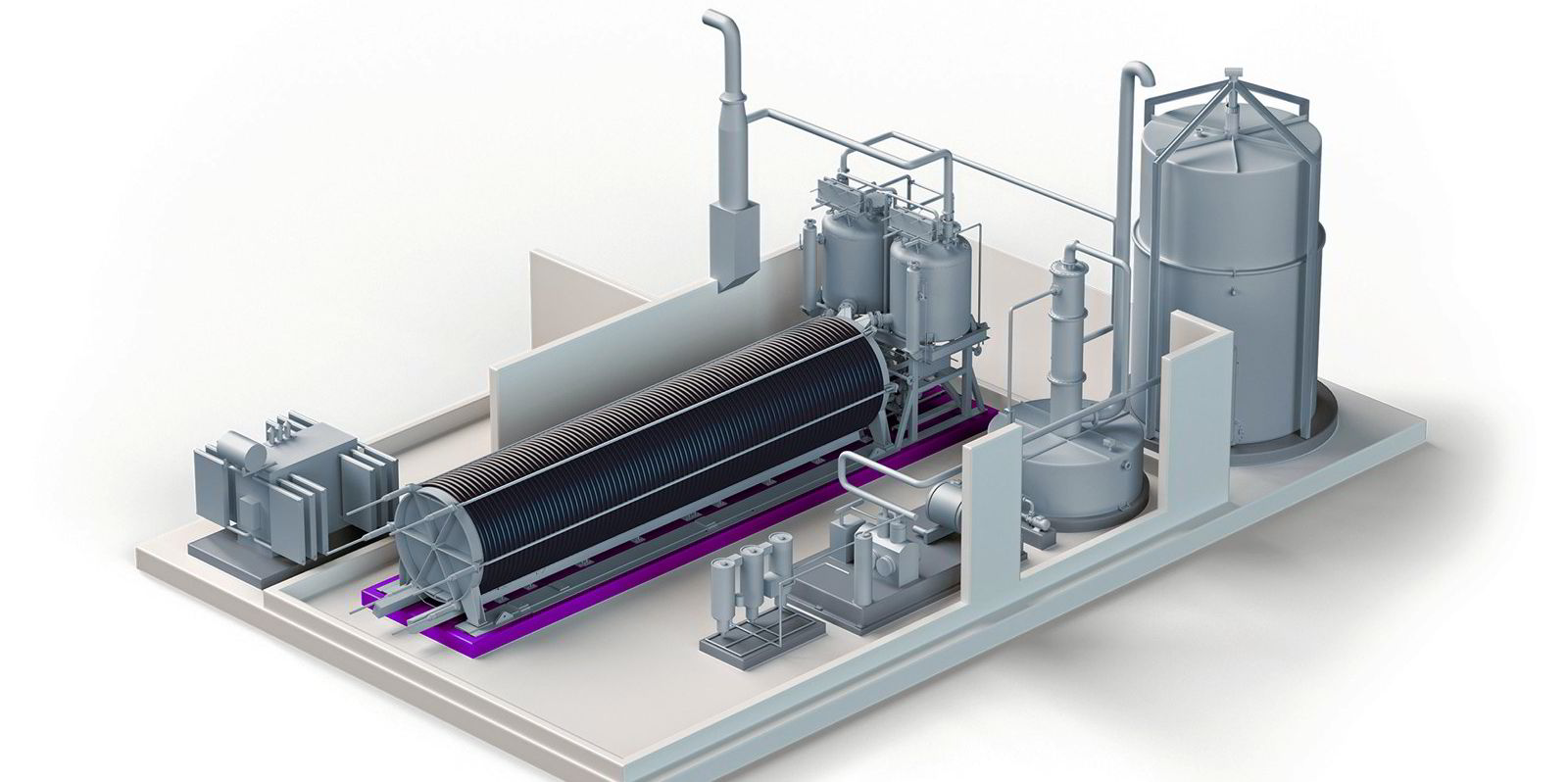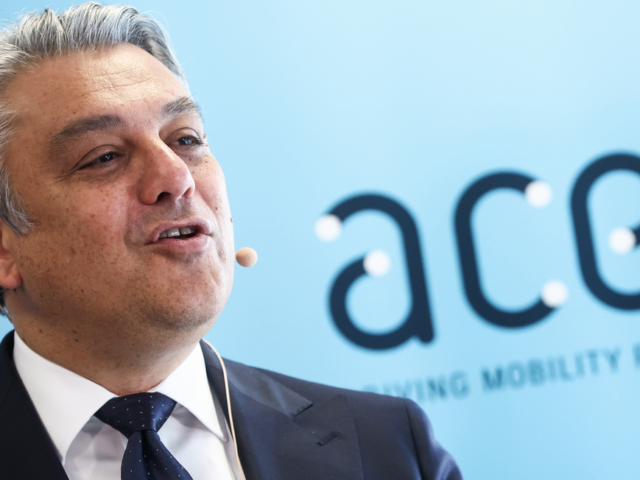
Blow for hydrogen growth: cost of electrolyzers soars

An electrolyzer set-up from specialist NEL /NEL
Hydrogen, regarded as one of the critical energies for decarbonizing heavy road transport and the steel industry, faces a new hurdle. The co


Comments
Ready to join the conversation?
You must be an active subscriber to leave a comment.
Subscribe Today